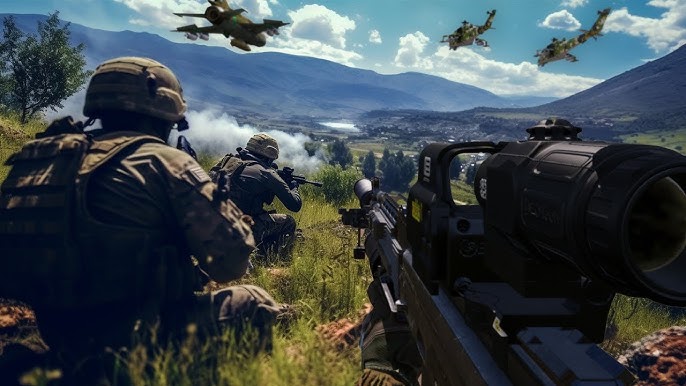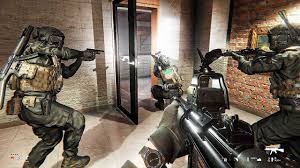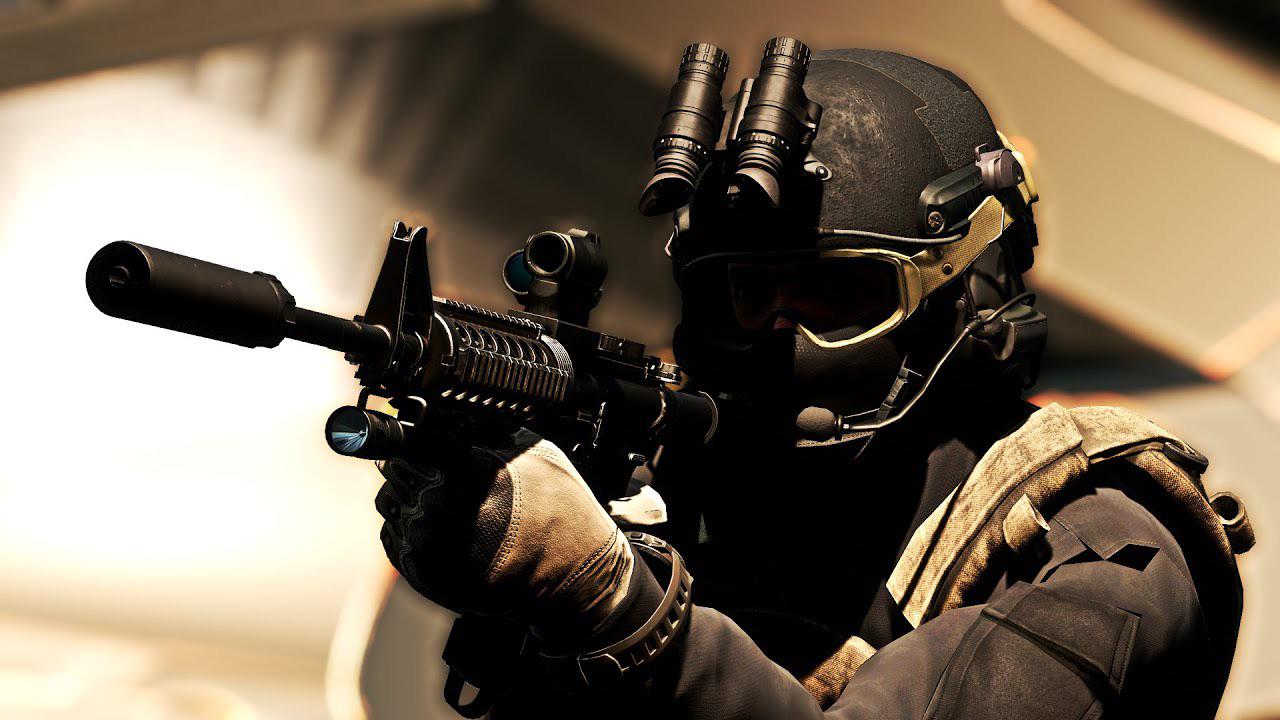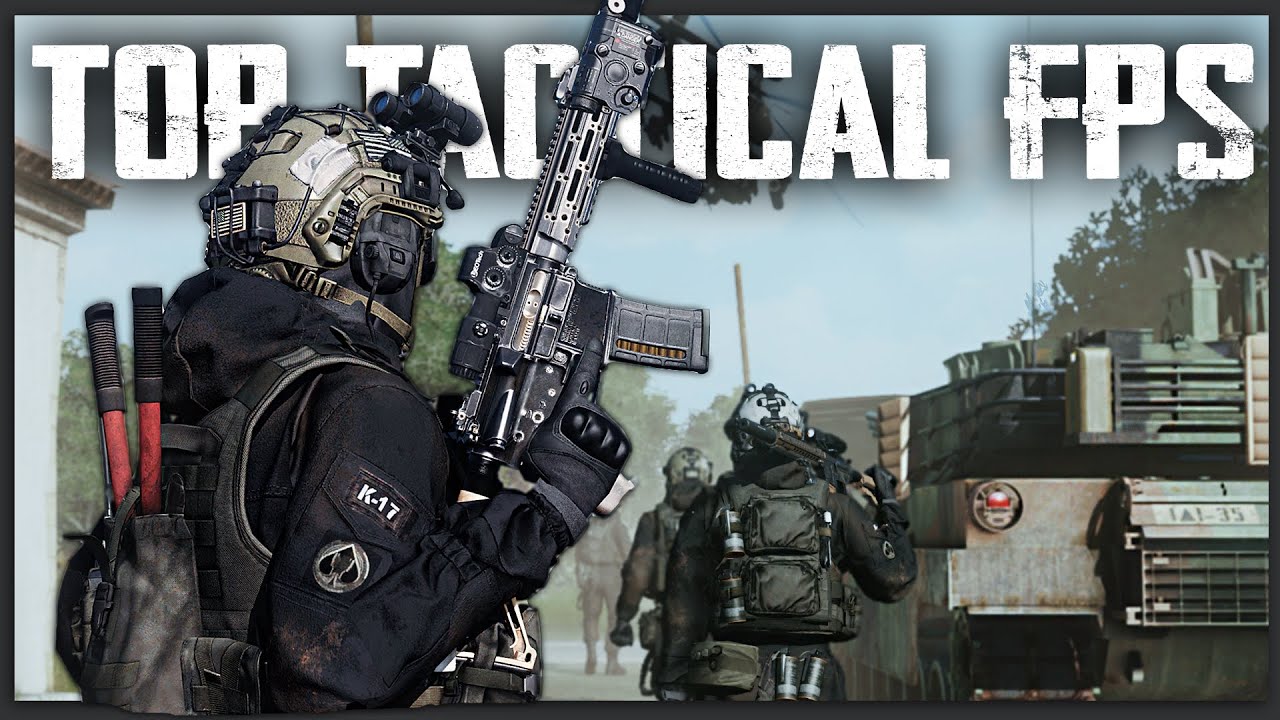Tactical shooters represent a unique genre in the gaming world, combining strategy, precision, and teamwork. Unlike arcade-style first-person shooters (FPS), tactical shooters emphasize realism, requiring players to think critically, communicate effectively, and execute strategies meticulously. Over the years, this genre has captivated millions of players worldwide, evolving into a staple of competitive gaming.
The Origins of Tactical Shooters

The roots of tactical shooters trace back to the late 1990s, when developers sought to create FPS games that mimicked real-world combat scenarios. Titles such as Rainbow Six and Counter-Strike became pioneers of the genre, introducing features like realistic weapon mechanics, team-based gameplay, and mission-oriented objectives.
These early games stood out because they punished reckless behavior. Players had to approach each situation cautiously, learning the maps, predicting enemy movements, and collaborating with teammates. This emphasis on strategy over brute force set the foundation for the genre’s enduring popularity.
Core Features That Define Tactical Shooters
- Realism and Precision
Tactical shooters strive for realism in their gameplay mechanics. From weapon recoil and bullet drop to character movement and environmental interaction, these games replicate real-world physics and combat dynamics. Players are often given limited health and resources, making survival dependent on careful planning and precise execution. - Teamwork and Communication
One of the hallmarks of tactical shooters is the reliance on teamwork. Success in these games often hinges on effective communication and coordination among players. Teams must work together to cover angles, execute strategies, and achieve objectives, fostering a sense of camaraderie and shared responsibility. - Objective-Based Gameplay
Unlike traditional FPS games that focus on eliminating opponents, tactical shooters emphasize mission objectives. These objectives can range from defusing bombs and rescuing hostages to securing specific locations. The focus on objectives ensures that players must think strategically rather than solely relying on reflexes. - Slow-Paced Gameplay
Tactical shooters are known for their deliberate pacing. Players are encouraged to plan their moves carefully, considering every angle and possible threat. This slower pace contrasts with the high-octane action of other FPS games, offering a more methodical and immersive experience.
Popular Tactical Shooter Franchises

- Counter-Strike Series
The Counter-Strike series remains one of the most influential tactical shooter franchises. Beginning as a mod for Half-Life, it quickly gained a massive following due to its simple yet challenging gameplay. The series, particularly Counter-Strike: Global Offensive (CS:GO), has become a cornerstone of competitive gaming, with a thriving esports scene. - Rainbow Six Series
Ubisoft’s Rainbow Six series revolutionized the genre by introducing intricate planning phases and realistic gameplay. Titles like Rainbow Six Siege brought destructible environments and diverse operator abilities, further enhancing strategic depth and replayability. - Arma Series
The Arma series pushes realism to the extreme, offering large-scale military simulations that require players to consider logistics, tactics, and teamwork. Its open-world maps and modding capabilities have earned it a dedicated fanbase. - Escape from Tarkov
This modern tactical shooter combines survival and realism in a unique package. Players navigate a war-torn city, scavenging for resources while battling AI and other players. The game’s intense atmosphere and complex mechanics have made it a standout title in recent years.
The Role of Tactical Shooters in Esports
Tactical shooters have carved a significant niche in the esports industry. Games like CS:GO and Rainbow Six Siege are staples of international tournaments, attracting millions of viewers and offering substantial prize pools. These games’ strategic depth and skill-based gameplay make them ideal for competitive play, where every decision and action can determine the outcome of a match.
The rise of streaming platforms has further boosted the genre’s visibility. Professional players and teams showcase their skills to global audiences, inspiring new players to embrace the tactical shooter experience. The combination of entertainment and education provided by these streams has contributed to the genre’s sustained growth.
Challenges and Criticisms of Tactical Shooters

- Learning Curve
One of the most significant barriers to entry for tactical shooters mariatogel is their steep learning curve. New players often struggle with the complexity of mechanics, map knowledge, and communication requirements. This can be discouraging, especially for those accustomed to more casual gaming experiences. - Toxicity in Competitive Environments
The emphasis on teamwork and communication sometimes leads to toxic behavior in competitive settings. Players who fail to meet their team’s expectations may face verbal abuse, creating a hostile environment. Developers continue to address this issue by implementing reporting systems and promoting positive interactions. - Hardware Demands
Many tactical shooters require high-performance hardware to run smoothly. The demand for precision and responsiveness makes low latency and high frame rates essential, posing a challenge for players with older or less powerful systems.
The Future of Tactical Shooters
As technology advances, the tactical shooter genre is poised for further evolution. Developers are leveraging innovations like virtual reality (VR) and artificial intelligence (AI) to enhance realism and immersion. VR tactical shooters, for example, offer players a first-hand experience of combat, complete with motion tracking and haptic feedback.
Cross-platform play is another trend shaping the genre’s future. By enabling players on different platforms to compete together, developers are fostering more inclusive and diverse communities. This approach not only expands the player base but also ensures that tactical shooters remain accessible to a broader audience.
The integration of AI in tactical shooters is opening new possibilities for dynamic gameplay. AI opponents can adapt to players’ strategies, creating more challenging and unpredictable scenarios. This advancement enhances replayability and keeps the gameplay fresh for seasoned players.
Why Tactical Shooters Continue to Thrive
The enduring appeal of tactical shooters lies in their ability to challenge players intellectually and strategically. These games reward patience, planning, and precision, offering a sense of accomplishment that few other genres can match. The combination of competitive play, immersive mechanics, and community engagement ensures that tactical shooters will remain a beloved genre for years to come.
As gaming continues to evolve, tactical shooters stand as a testament to the power of strategy and teamwork. Whether navigating the tight corridors of a hostage rescue mission or coordinating an assault on a heavily fortified position, players are drawn to the thrill of outsmarting their opponents. This unique blend of challenge and camaraderie is what makes tactical shooters a cornerstone of modern gaming.
